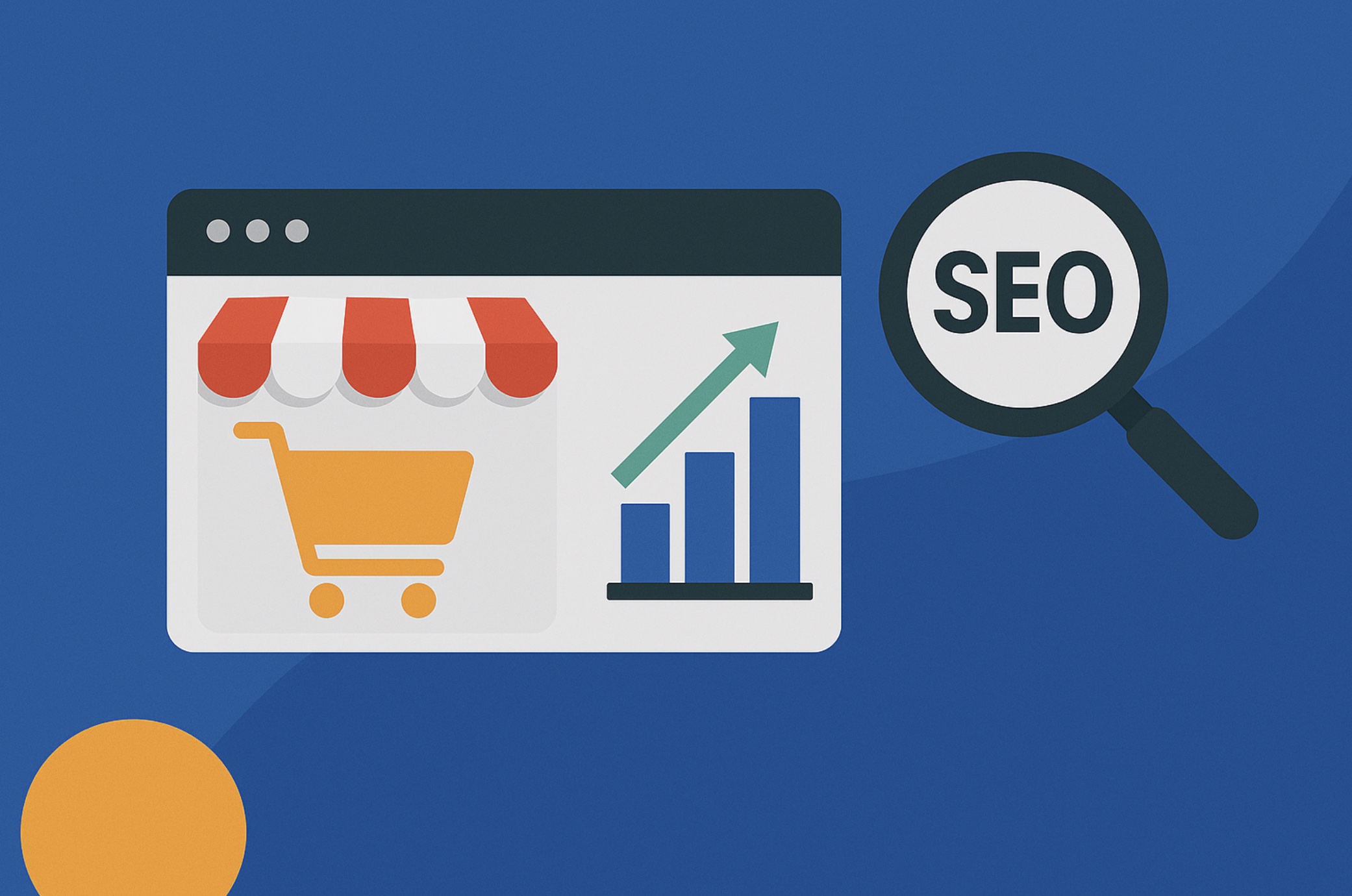Winning SEO Tactics for E-Commerce Websites: Strategies to Boost Visibility and Sales
In today’s digital-first shopping environment, simply having an e-commerce store is not enough. With thousands of competitors just a click away, visibility in search engines is critical. That’s where SEO (Search Engine Optimization) becomes your most powerful weapon. Done right, SEO can drive consistent, high-intent traffic to your product pages and significantly increase sales — all without spending a cent on ads.

Optimize Product Pages Like Mini Landing Pages
Every product page is an opportunity to rank in Google. Instead of using generic manufacturer descriptions, create unique, keyword-rich content that targets how users actually search. Include:
- A compelling product title with keywords
- A detailed and unique product description
- High-quality images with alt text
- Customer reviews (which also add keyword variety)
- FAQ sections answering common buyer questions
Think of each product page as a mini landing page optimized for both search engines and conversions.
Use Structured Data (Schema Markup)
Schema markup helps search engines better understand your content. For e-commerce, using Product schema can enhance your listings with rich snippets, such as price, availability, and star ratings. These visual enhancements increase click-through rates and make your results stand out.
Target Long-Tail Keywords
Ranking for broad terms like “shoes” is near impossible. Instead, focus on long-tail keywords like “men’s waterproof hiking shoes size 11.” These have lower competition and higher purchase intent. Include them in titles, meta descriptions, image alt tags, and URL slugs.
Optimize for Site Speed and Mobile Usability
Google uses page speed and mobile-friendliness as ranking factors. Since most e-commerce traffic comes from mobile devices, your store must load quickly and display flawlessly. Compress images, enable lazy loading, and consider using a CDN to improve performance.
Improve Category and Navigation Pages
Category pages often rank higher than individual product pages. Optimize them by:
- Writing original category descriptions
- Linking to best-selling or seasonal items
- Using relevant keywords in headers and copy
- Making filters crawlable (with caution)
Leverage Internal Linking
Internal linking distributes authority across your site and improves crawlability. Link from blogs to product pages, from categories to subcategories, and from high-authority pages to new products. It enhances both SEO and user experience.
Start a Content-Driven Blog
Blogging allows you to target informational keywords, answer buyer questions, and attract backlinks. Topics might include buying guides, how-to articles, or product comparisons — all of which support SEO and establish authority.
Conclusion
Winning at e-commerce SEO is about more than keywords. It’s a blend of technical precision, content strategy, and user experience. By implementing these tactics — from optimized product pages to blogging — you can boost organic traffic, reduce ad spend, and convert more visitors into loyal customers.